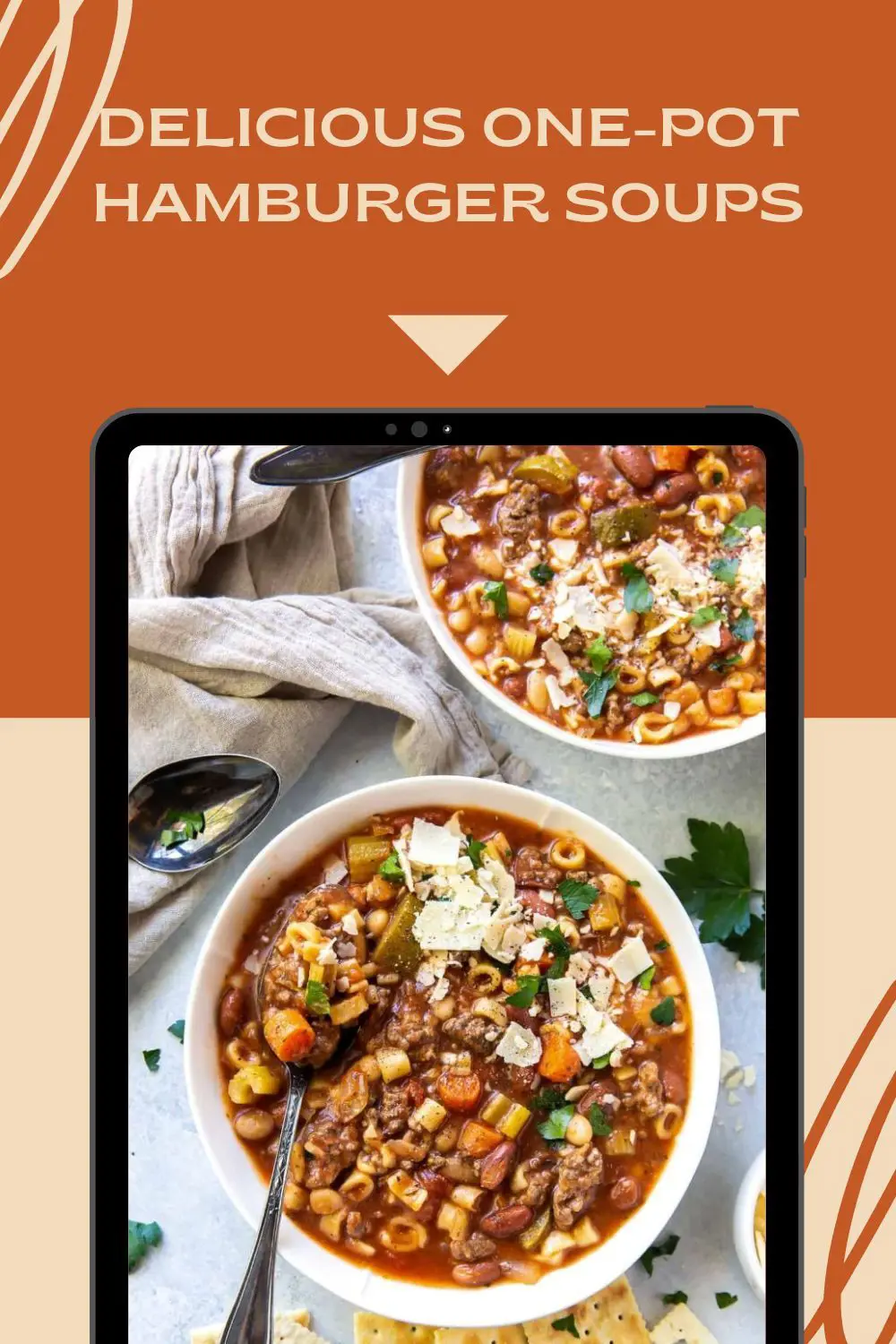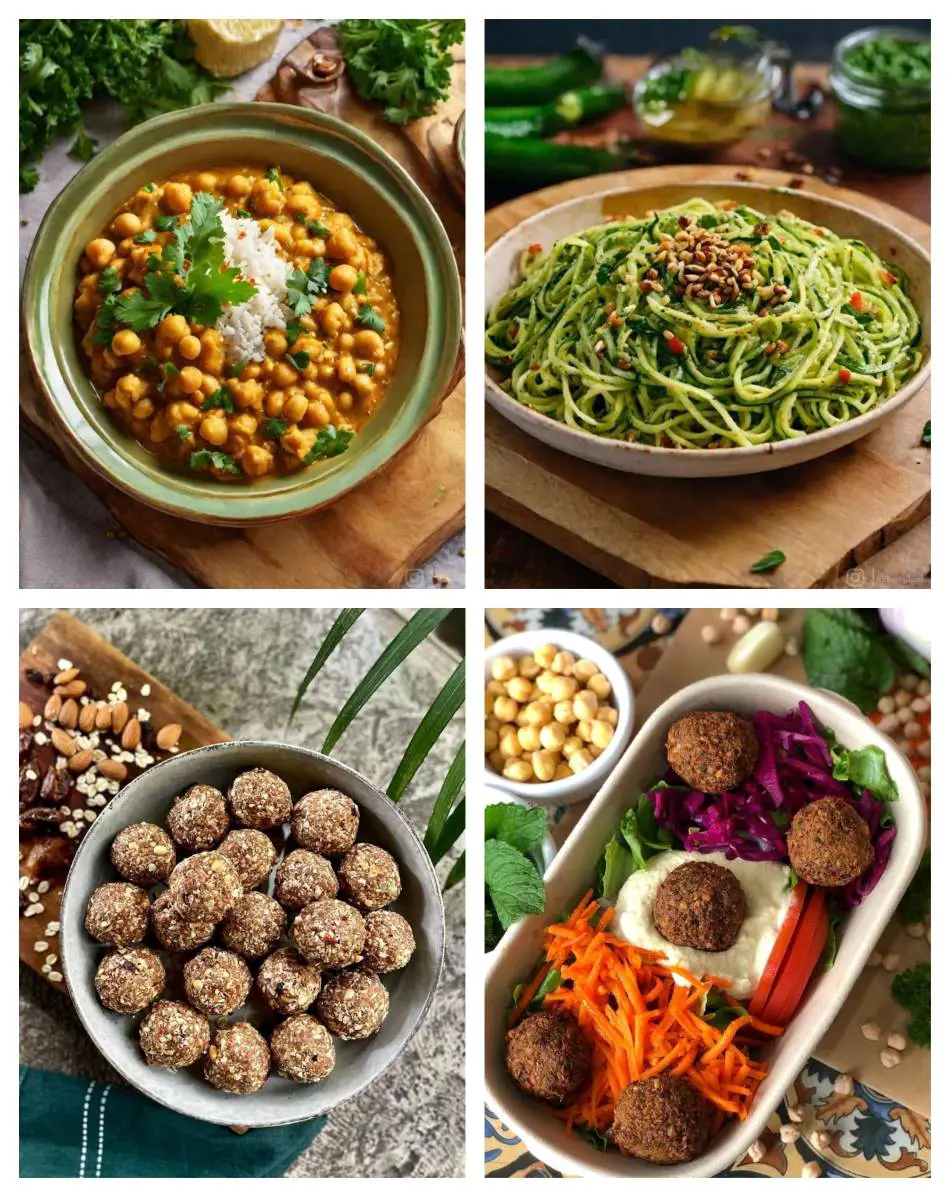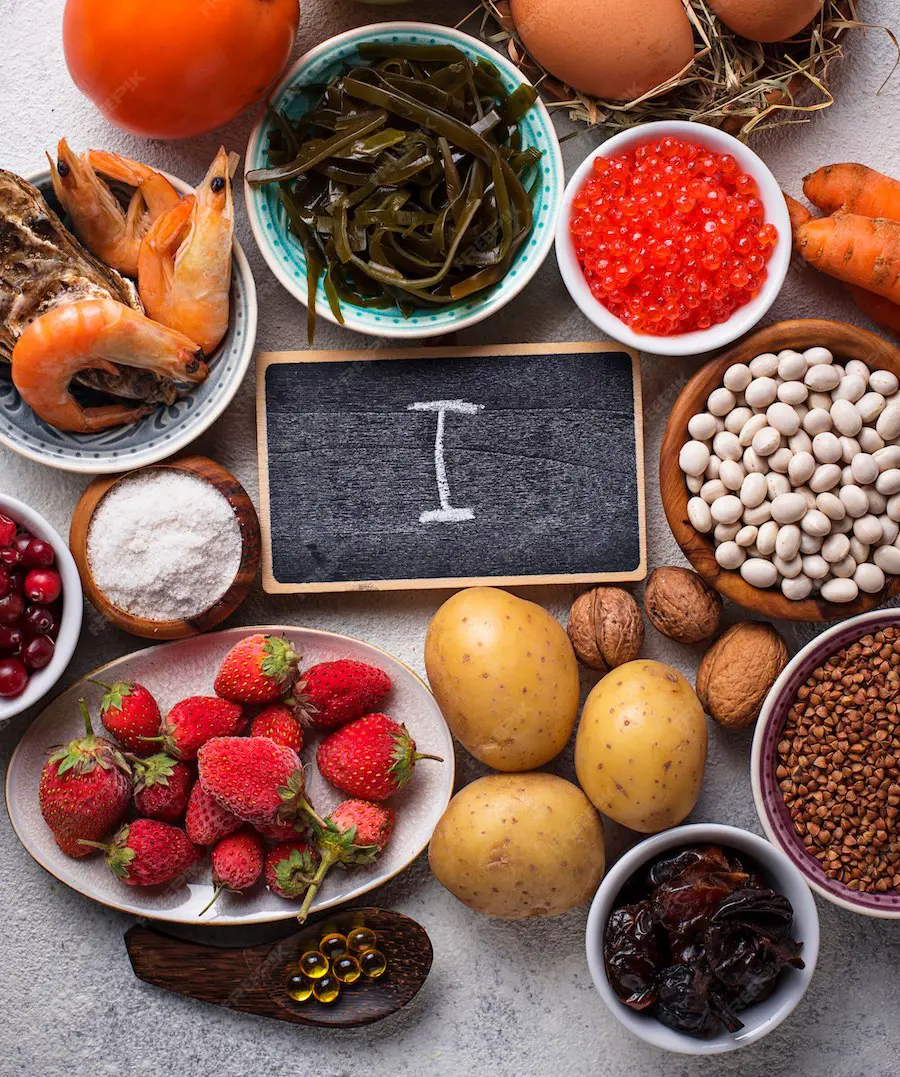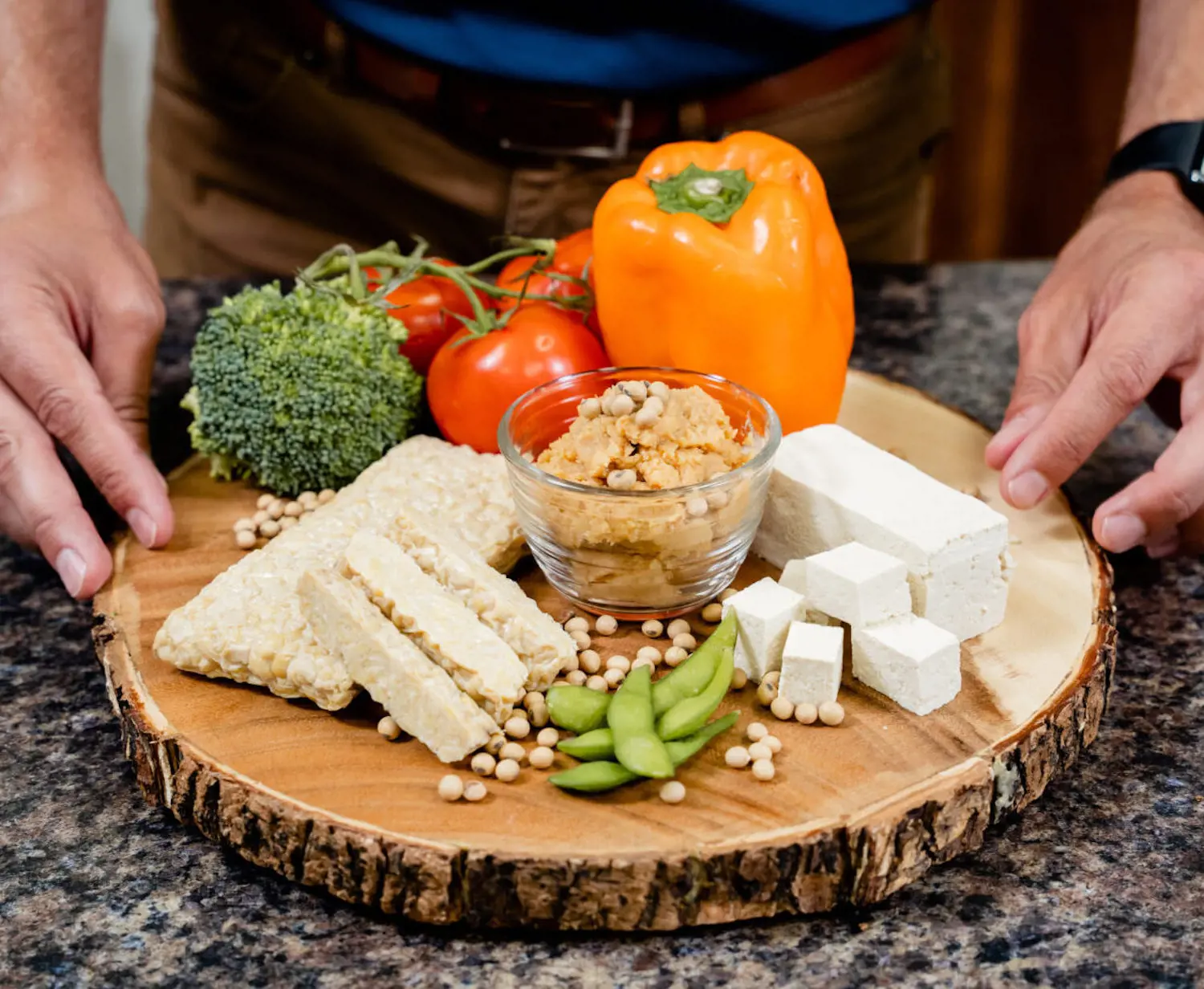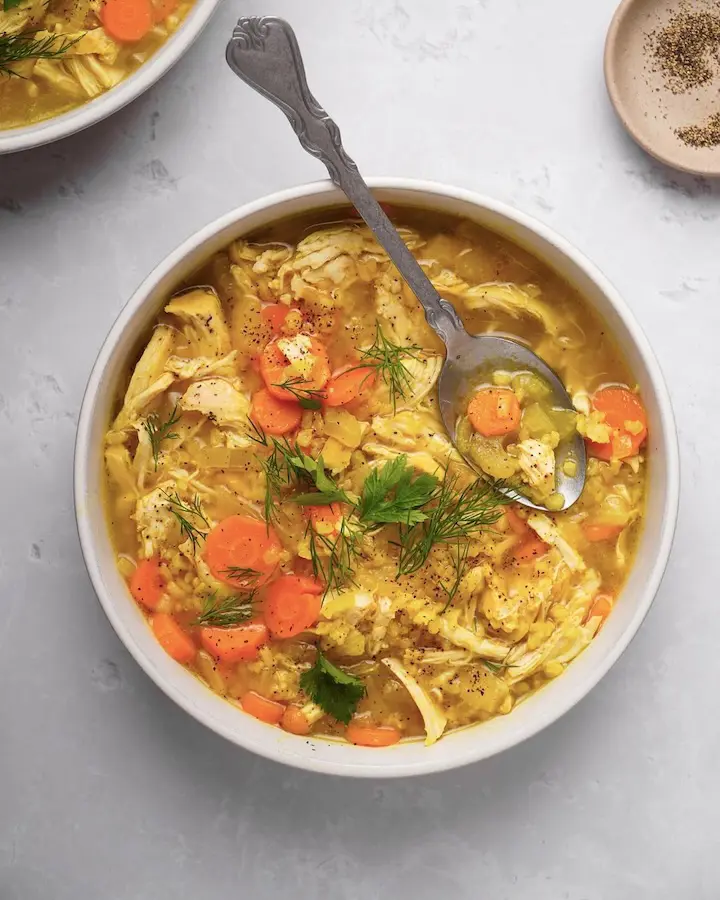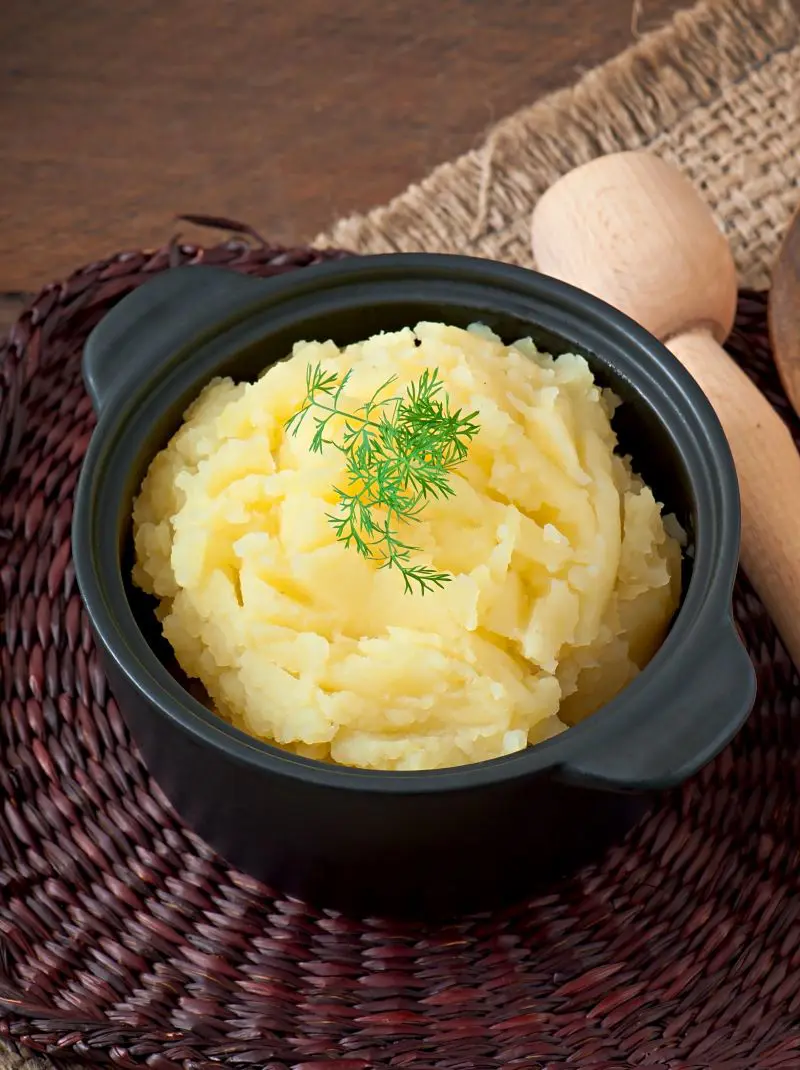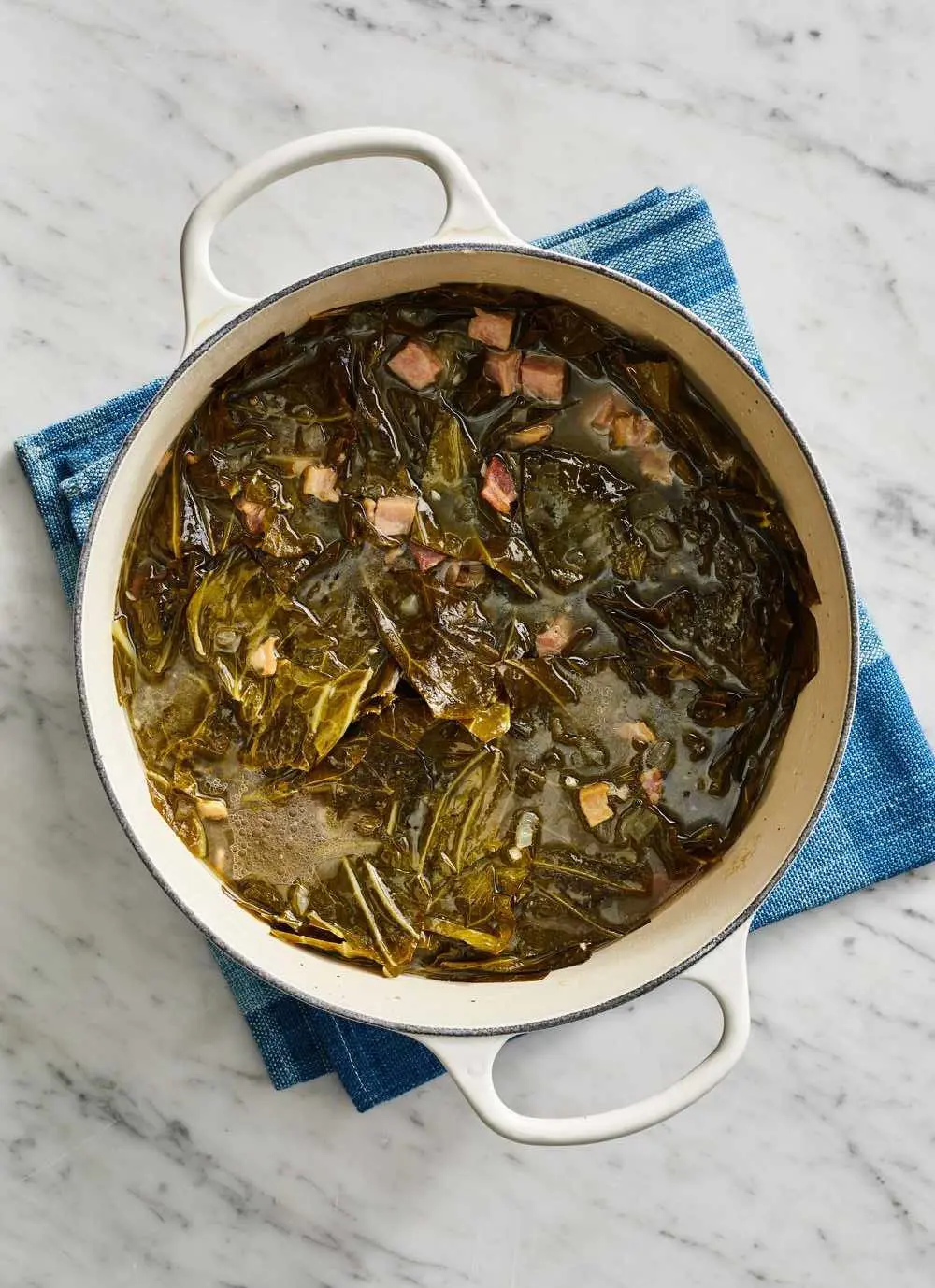Peanut Butter Calories: Is It Good Or Bad For Health?
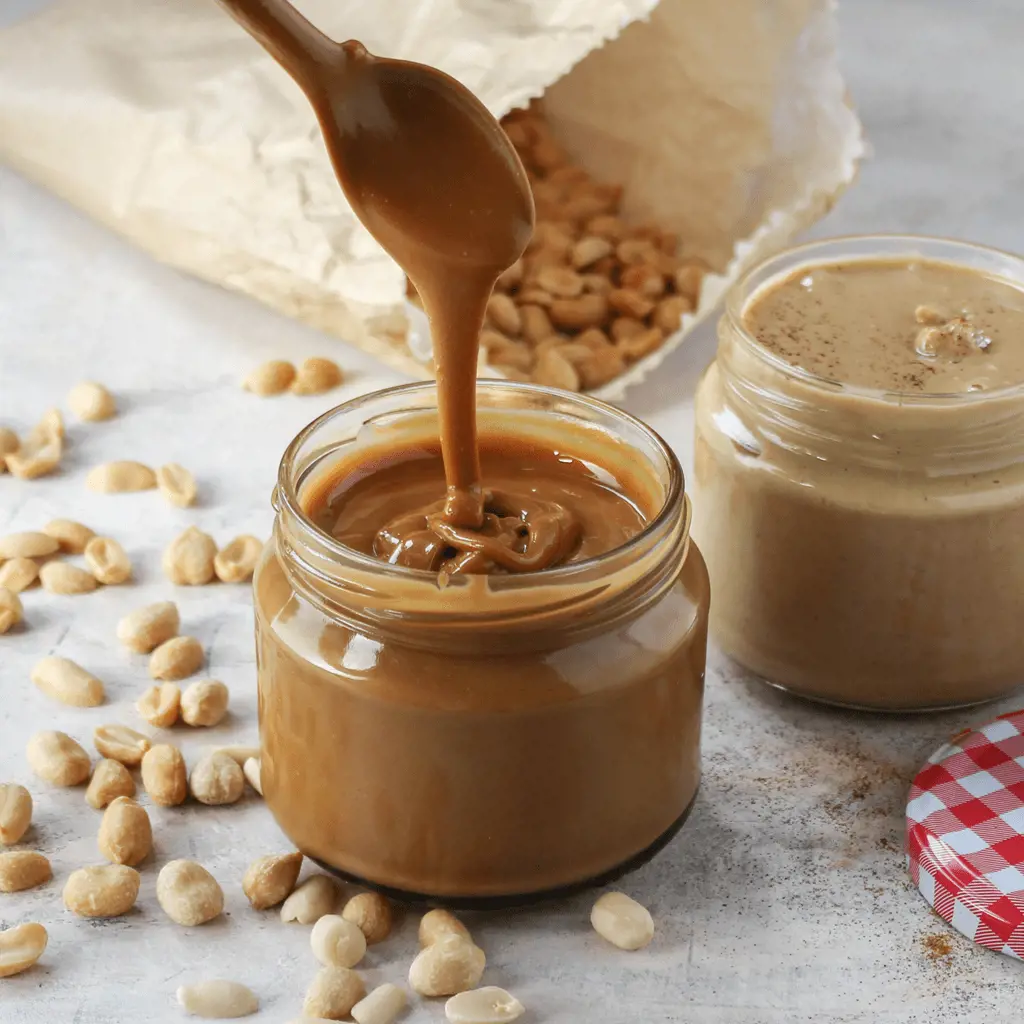
Peanut butter has become a nostalgic comfort food for many, evoking memories of childhood lunches and midnight snacks. Many of us grew up having PB&J, so the flavor is familiar to many Americans. The slight sweetness enhanced by roasted peanut flavor makes this spread a staple in many households throughout the world.
However, more recently, people have expressed their concern over peanut butter in terms of nutrition. Is it good for our health or bad? Here, we have everything you need to know before you make the decision for yourself.
What Is Peanut Butter?
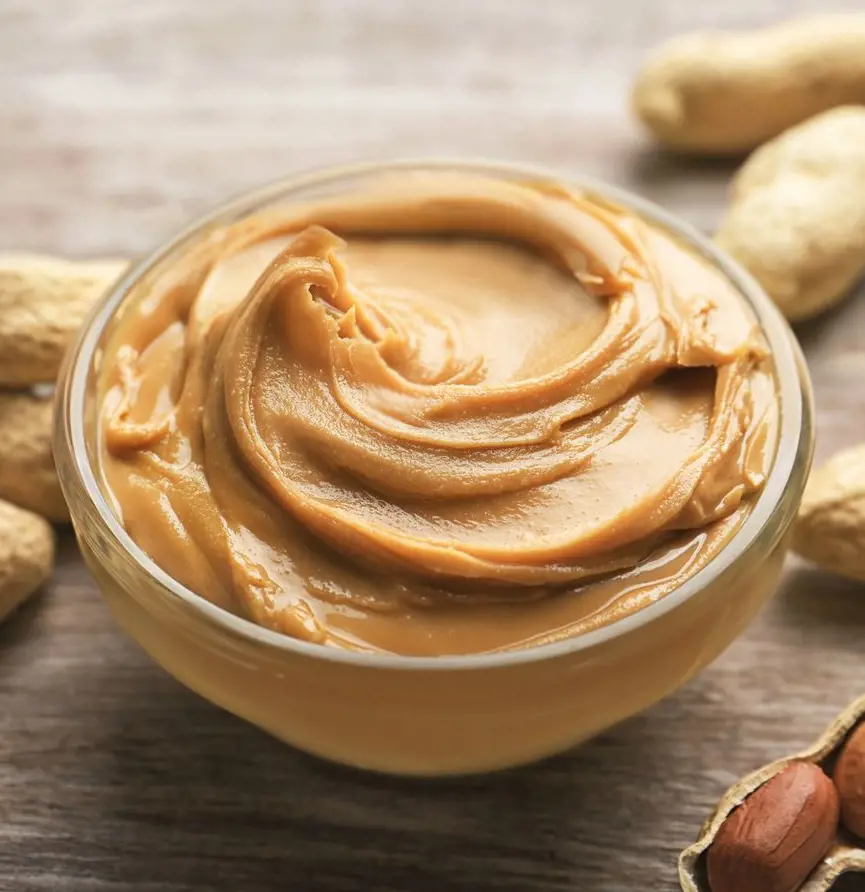
Peanut butter is a smooth, creamy spread made from ground-roasted peanuts. It is a popular food item, widely consumed around the world for its delicious taste and versatility. It has a rich, nutty flavor and a smooth texture.
To make peanut butter, peanuts are first harvested and then roasted to enhance their flavor. After roasting, the peanuts are ground into a fine paste. This paste can be consumed as is, but most commercial kinds of peanut butter also include additional ingredients like salt, sugar, and oil for flavor and texture enhancement.
You can easily find natural peanut butter at specialty grocery stores throughout the country. This type of peanut butter doesn't have any artificial additives for flavor or preservation.
Peanut Butter Origin
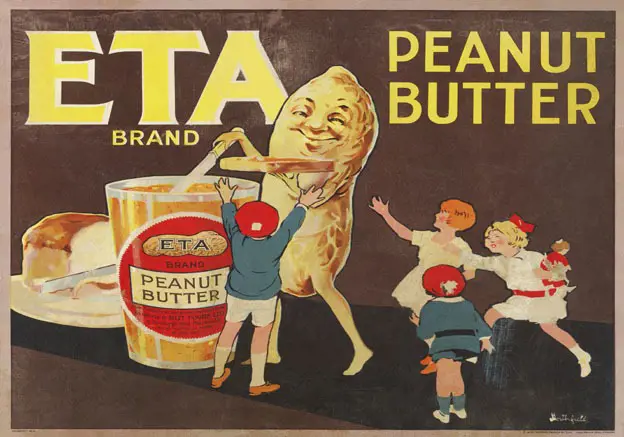
The origin of peanut butter can be traced back to ancient times, with evidence suggesting that peanuts were cultivated and consumed as early as 3,500 years ago in South America. The Aztecs and Incas are believed to have ground peanuts into a paste-like substance, which served as a nutritious and energy-rich food source.
However, the modern form of peanut butter that we know today did not emerge until much later. Its invention is credited to Dr. John Harvey Kellogg, a physician and inventor who developed a process to create a smooth and spreadable peanut paste in the late 19th century.
The popularity of peanut butter grew steadily, and it became more widely available in the early 20th century. The process of making peanut butter was further refined by individuals like George Washington Carver, an agricultural scientist who discovered over 300 uses for peanuts.
How Many Calories Are in Peanut Butter?
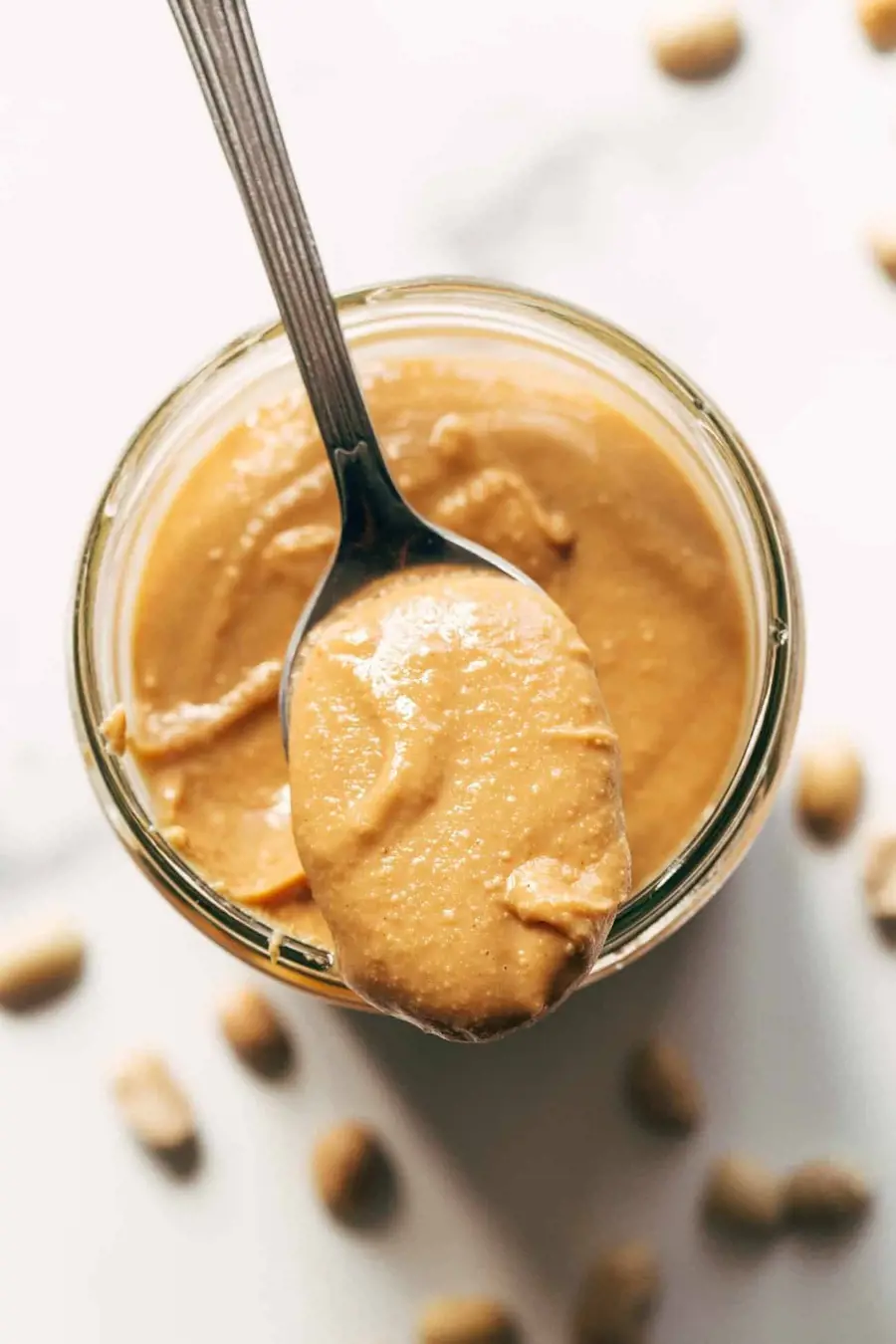
Two tablespoons of peanut butter contain 188 calories, which is comparable to other spreads of similar properties like Nutella. In addition to the calories, it is rich in nutrients. The nutrition profile of a typical serving size of peanut butter (2 tablespoons or 32 grams) indicates:
- Calories: 188
- Total fat: 16 grams
- Saturated fat: 3 grams
- Monounsaturated fat: 8 grams
- Polyunsaturated fat: 4 grams
- Cholesterol: 0 milligrams
- Sodium: 140 milligrams
- Total carbohydrates: 6 grams
- Dietary fiber: 2 grams
- Total sugars: 3 grams
- Protein: 8 grams
- Vitamin E: 3 milligrams
- Niacin: 4 milligrams
- Folate: 24 micrograms
- Magnesium: 49 milligrams
- Phosphorus: 107 milligrams
Peanut butter is a good source of healthy fats, including monounsaturated and polyunsaturated fats, which can help promote heart health and reduce the risk of cardiovascular diseases. It also provides a decent amount of protein, which is essential for muscle growth and repair.
However, peanut butter is also high in calories, so it should be consumed in moderation to ensure that you do not exceed your designated daily calorie intake.
Types of Peanut Butter
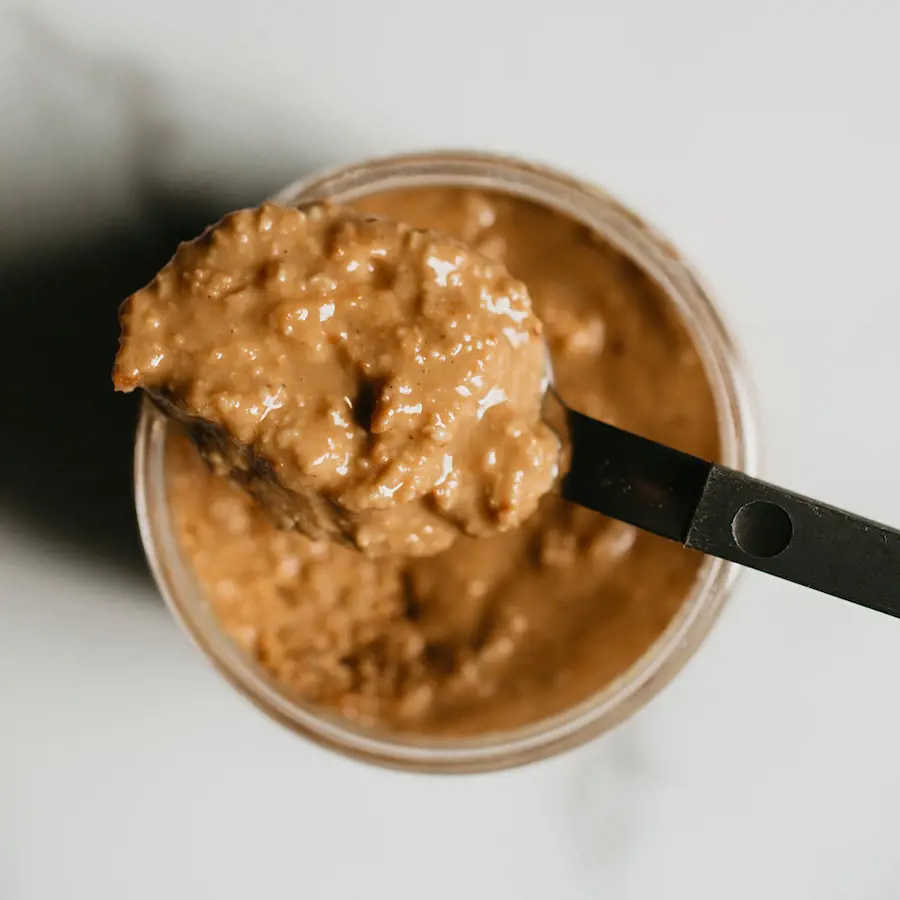
There are several types of peanut butter available in the market that cater to different taste preferences and dietary needs. Some of these types include:
1. Creamy Peanut Butter: It is the most popular type of peanut butter that can be found in most grocery stores.
2. Crunchy Peanut Butter: This variation contains small pieces of roasted peanuts, offering a delightful texture and a satisfying crunch. It is perfect for those who enjoy a bit of extra texture in their spreads.
3. Natural Peanut Butter: Natural peanut butter is made from 100% peanuts without any added oils or sugars. It often separates, requiring stirring before use. This type of peanut butter is popular among health-conscious individuals as it is free from hydrogenated oils and artificial additives.
4. Organic Peanut Butter: Organic peanut butter is made from organically grown peanuts, ensuring that no synthetic pesticides or fertilizers were used during cultivation. It appeals to those who prioritize environmentally friendly and sustainable food options.
5. Reduced-Fat Peanut Butter: For those looking to cut down on calories and fat, reduced-fat peanut butter offers a lighter alternative. It contains fewer calories and less fat than regular peanut butter while still maintaining a rich flavor.
6. Flavored Peanut Butter: This type of peanut butter incorporates additional flavors like honey, chocolate, cinnamon, or even spicy flavors like chili. It is great for dishes that require a bit of a kick in addition to the classic peanut butter flavor.
Is Peanut Butter Good For You?
Yes, peanut butter can be good for you when consumed in moderation. However, it is important to choose a natural or organic peanut butter that doesn't contain added sugars or hydrogenated oils. Additionally, peanut butter is high in calories, so portion control is key.
It is a good source of healthy fats, protein, and essential nutrients like vitamin E, magnesium, and potassium. Peanut butter also contains fiber, which aids in digestion and helps you feel fuller for longer. The following are some health benefits of peanut butter:
1. Heart Health
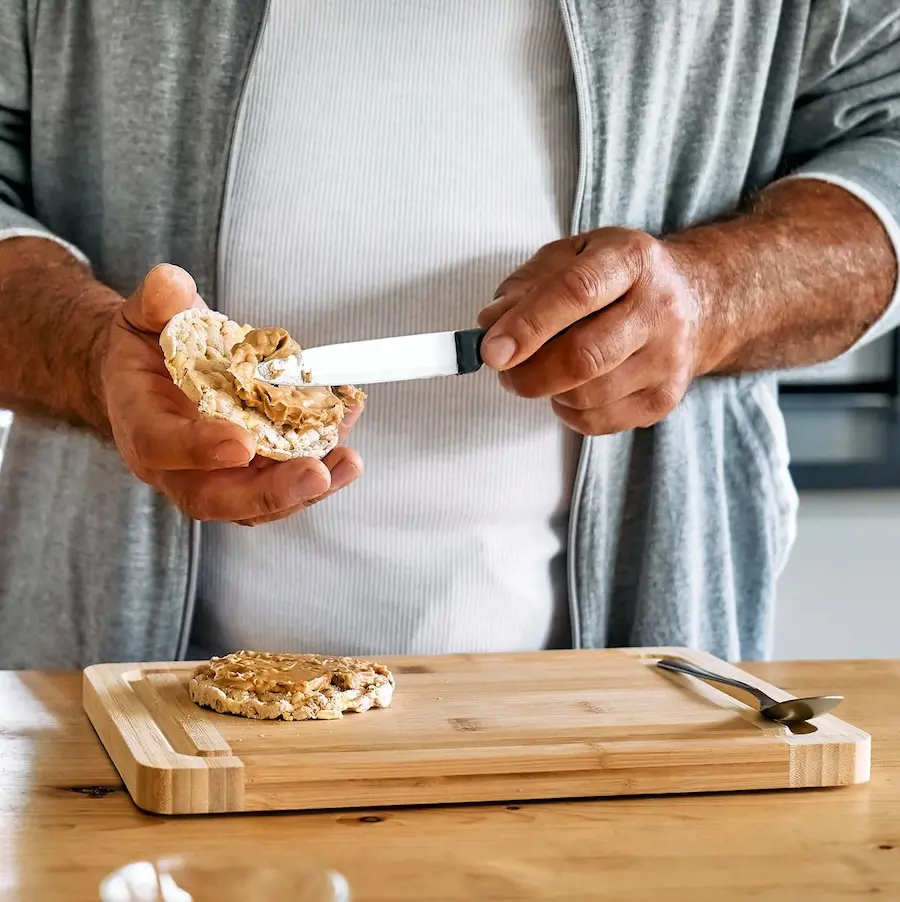
Peanut butter is a rich source of monounsaturated fats, which are considered heart-healthy fats. These fats help to lower bad cholesterol levels (LDL cholesterol) while increasing good cholesterol levels (HDL cholesterol).
By balancing cholesterol levels, peanut butter reduces the risk of cardiovascular diseases such as heart attacks and strokes.
2. Reduced Risk of Diabetes
The high levels of monounsaturated fats present in peanut butter can improve insulin sensitivity, allowing cells to better absorb glucose from the bloodstream. Peanut butter helps to prevent sudden spikes and drops in blood sugar levels, which contribute to the development of type 2 diabetes.
Since peanut butter is a rich source of fiber, it slows down the digestion and absorption of carbohydrates, leading to a more gradual release of glucose into the bloodstream.
3. AntiCancer Properties

This beloved spread has been found to possess certain anticancer properties that can potentially contribute to the prevention and treatment of cancer. While more research is needed to fully understand the mechanisms behind these properties, several studies have provided promising evidence.
It is rich in various nutrients and bioactive compounds, such as polyphenols, phytosterols, and antioxidants. These components are associated with anticancer effects, including the inhibition of tumor growth and the prevention of DNA damage caused by free radicals. One of these compounds is resveratrol, which has been studied for anticancer properties.
4. Peanut Butter for Weight Loss
Peanut butter is often misunderstood as a high-calorie and fatty food, but it can actually be beneficial for weight loss when consumed in moderation. It is an excellent source of protein. Protein helps to increase feelings of fullness and satiety, reducing the chances of overeating and snacking on unhealthy foods.
The high protein content in peanut butter also aids in maintaining lean muscle mass, which is essential for boosting metabolism and burning calories.
5. Packed with Nutrients
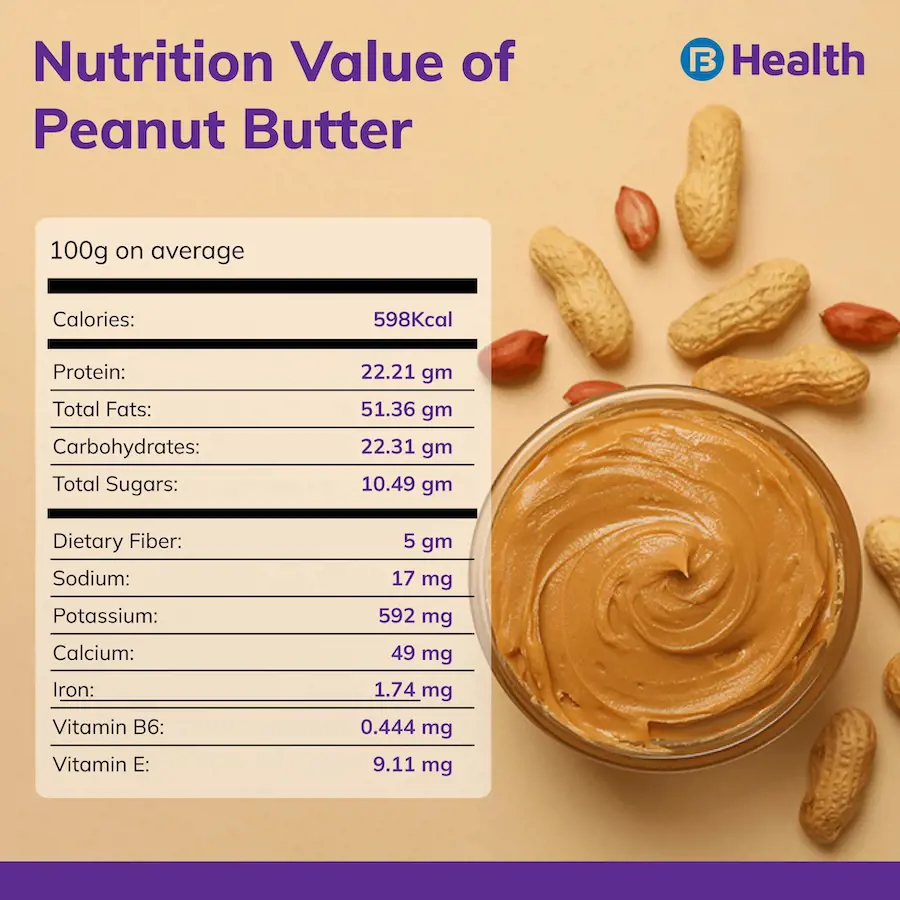
As previously discussed, peanut butter in packed with a variety of nutrients. These nutrients are essential for maintaining the normal metabolism of our body while also supporting overall well-being. It can be a great way to introduce those nutrients, especially in kids because they tend to love this spread.
However, it is important to employ appropriate measures during consumption.
Peanut Butter Risks
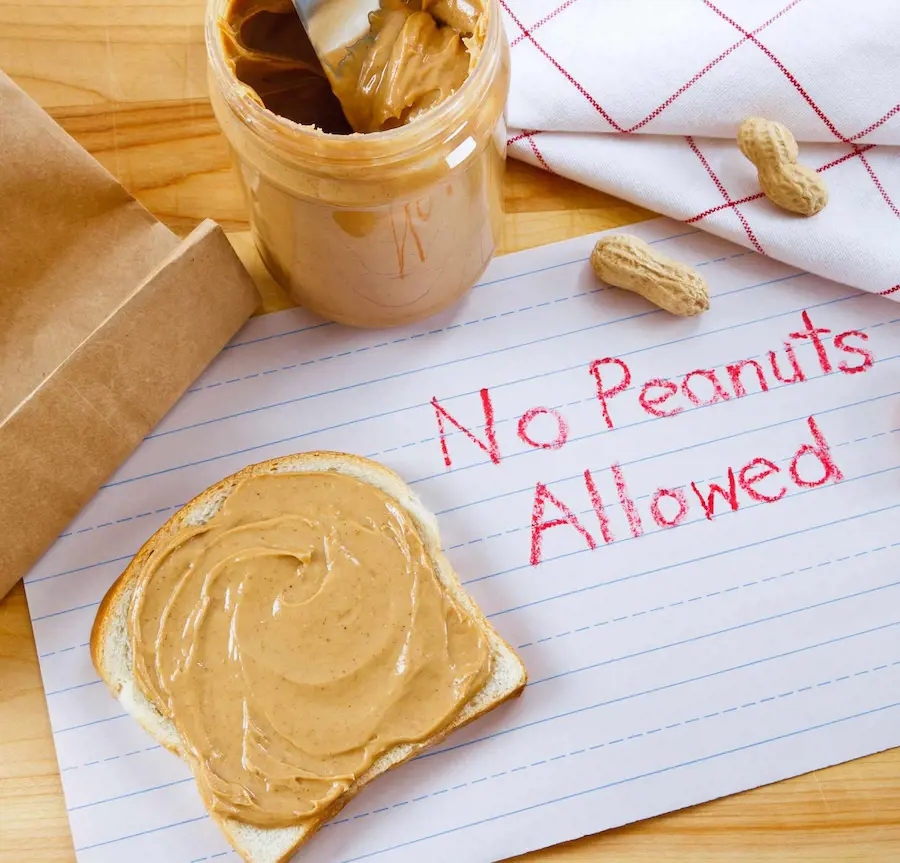
While peanut butter is a popular and delicious food, it does come with some potential risks. Here are a few:
1. Allergies
Peanut allergies are one of the most common food allergies, especially in children. For people with peanut allergies, even a small amount of peanut butter can trigger severe allergic reactions, including anaphylaxis, which can be life-threatening.
2. Contamination
Peanut butter can sometimes be contaminated with harmful bacteria like salmonella. This can occur during the manufacturing process or if the peanuts used in the production are contaminated. Consuming contaminated peanut butter can lead to food poisoning and related symptoms such as diarrhea, nausea, and vomiting.
3. Aflatoxins
Peanuts are prone to a natural mold called Aspergillus flavus, which can produce a toxin called aflatoxin. Aflatoxin contamination is more common in warmer climates and can cause liver damage and increase the risk of liver cancer if consumed in large amounts over time.
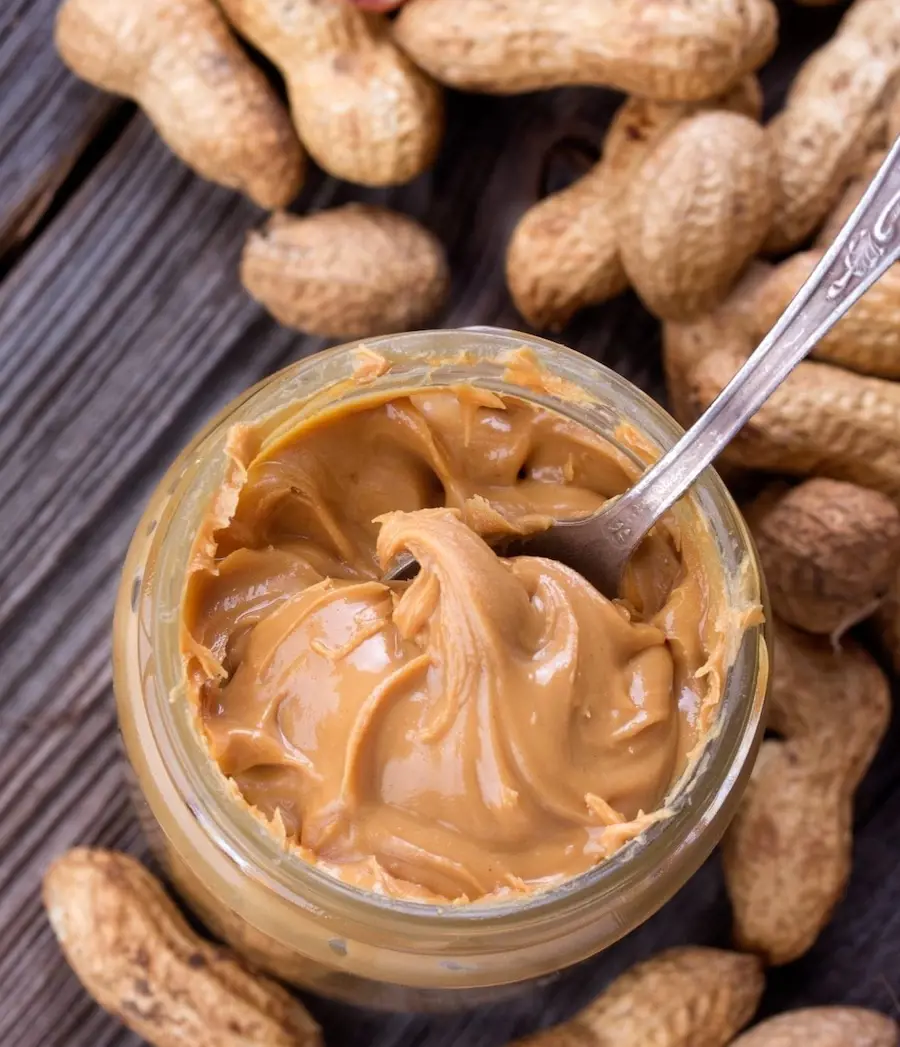
4. High calorie and fat content
Peanut butter is calorie-dense and high in fat. While it can be a healthy addition to a balanced diet in moderation, excessive consumption can lead to weight gain and related health issues such as obesity and heart disease.
5. Added ingredients
Some commercial peanut butter contains added ingredients like refined sugar, which are harmful to our health. So, it is important to opt for natural peanut butter to avoid such instances.
Peanut Butter Alternatives
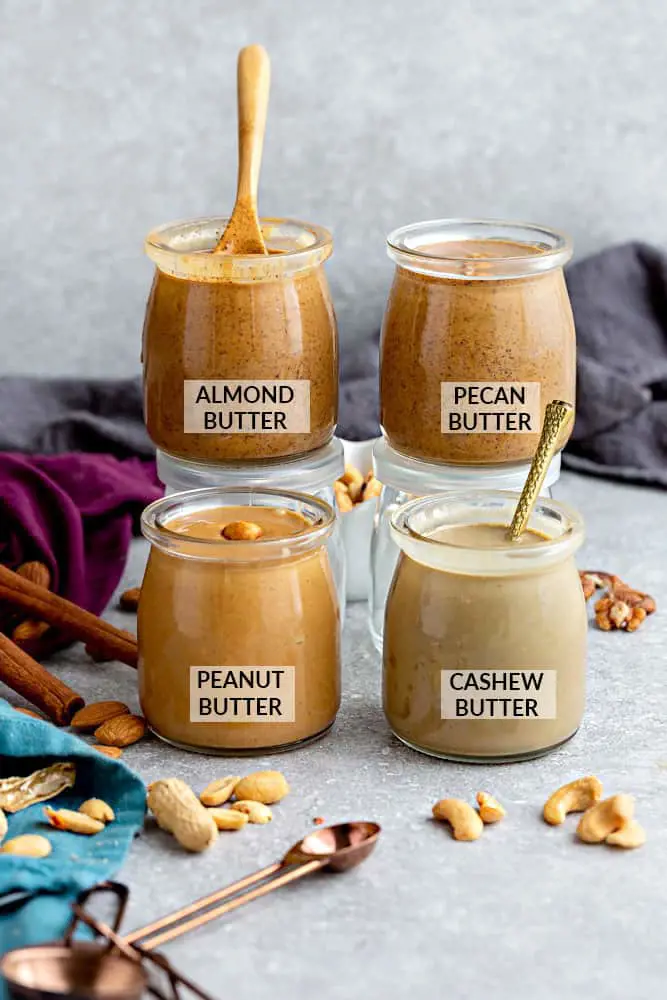
There are several alternatives to peanut butter for those who have allergies, dietary restrictions, or simply prefer different flavors. Some popular options include:
1. Almond Butter
2. Sunflower Seed Butter
3. Cashew Butter
4. Soy Nut Butter
5. Tahini
6. Coconut Butter
7. Pumpkin Butter
Recent posts
Healthy Eating
Healthy Eating
Delicious One-Pot Hamburger Soups the Whole Family Will Love
Hamburger soup is a warm and comforting option that might just be the perfect solution to the perennial question, "What's for dinner?" Whether faced with a cold, chilly day or simply seeking a quick and easy meal, this hearty soup is an excellent cho...
Healthy Eating
Easy To Make Daniel Fast Menu Ideas
The Daniel Fast is a Biblically inspired partial fast that essentially mirrors a vegan diet, excluding added sugars, refined carbs, caffeine, and alcohol. While it may seem restrictive, the inclusion of numerous flavorful, make-ahead dishes can signi...
Healthy Eating
20 Iodine Rich Foods To Include In Your Diet
Iodine is a trace mineral not made in our body and thus must be obtained via food or supplements. It is an important element that is required for the proper working of the thyroid glands. In the US, the daily iodine requirement is met via food or sup...
Healthy Eating
20 Foods High In Estrogen
Estrogen is a hormone primarily produced in the ovaries of females, although it is also present in smaller amounts in males. It plays a crucial role in the development and regulation of the female reproductive system and secondary sexual characterist...
Healthy Eating
How To Make Chicken Soup
A good chicken soup has multiple purposes. Whether you’re just craving some comfort food or feeling under the weather, chicken soup will swiftly come to your rescue. Luckily, it doesn’t take much to make a good chicken soup. All you need ...
Healthy Eating
Are Mashed Potatoes Healthy? Calories And Nutrition Facts
A timeless comfy food calls for mashed potatoes. It can be consumed at any time of the day. Mainly, eating this rich staple during breakfast or lunch serves as a great source of energy. And the whole day can go without feeling like eating anything. I...
